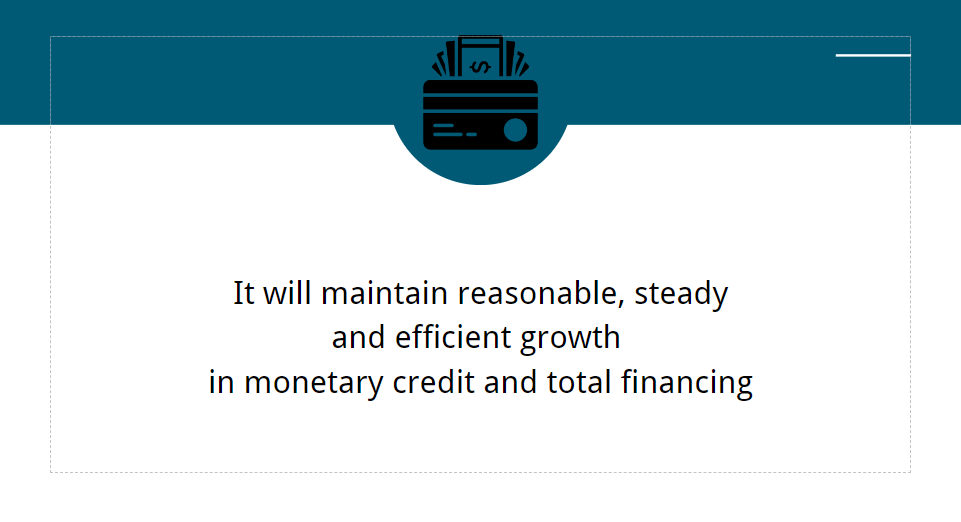New rules to bolster banks
Tier-based norms for capital aim to boost regulations, alignment with global standards
New regulations on capital of commercial banks are expected to enhance their risk management as well as improve their service quality, thus boosting the real economy, experts said on Thursday.
On Wednesday, the National Financial Regulatory Administration unveiled a new set of regulations over commercial banks' capital management, which will take effect on Jan 1, offering transition periods for banks to meet loss provision and information disclosure requirements.
The new regulations aim to capture the spirit of the recently concluded Central Financial Work Conference, and comprehensively strengthen financial regulation, the administration said.
The conference said it is imperative to accelerate the building of a nation with a strong financial sector, comprehensively strengthen financial regulation, improve the financial system, optimize financial services and effectively forestall and defuse financial risks.
According to the new rules, a differentiated regulatory system for commercial banks' capital will be established. Banks will be divided into three tiers based on their total assets and complexity of business profiles to match with different regulatory programs for capital.
The relevant measures for first-tier banks, or those with a large asset size or relatively large cross-border business, will be in line with international standards.
Banks with relatively smaller assets and cross-border business are categorized under the second tier. They will be subject to relatively simplified capital regulatory measures.
For even smaller banks that have no cross-border business, the capital requirements will be further simplified and guide them to focus on serving the county-level economies and small businesses.
The new rules will replace the current administrative measures adopted more than 10 years ago. The adjustments aim to address new issues emerging in commercial banks' capital management in recent years, as the country's economic and financial facets as well as risks faced by commercial banks have changed, an NFRA official said.
In addition, as a member of the Basel Committee on Banking Supervision, the primary global standard-setter for prudential regulation of banks, China must ensure its banking sector aligns with the Basel III Accord the committee had announced in 2017, the official said.
Wen Bin, chief economist with China Minsheng Bank, said the new measures consider both the need to align with international standards and the existing domestic situation, which will be conducive to further refining banks' risk weight calculations and risk management.
"The new measures will help commercial banks optimize their business structure, improve management and governance, and build up data and digital infrastructure," Wen said.
"At the same time, thanks to the transition period, the new rules won't bring about much capital pressure on banks."
Zeng Shengjun, a senior researcher at the Shenzhen, Guangdong province-based Greater Bay Area Financial Research Institute of Bank of China, said the Central Financial Work Conference has clarified requirements on strengthening financial supervision.
He predicted that commercial banks would increase credit support for areas such as technology, green development, small and medium-sized enterprises, and eldercare.
Meanwhile, credit will be further standardized and tightened for certain areas, including those with overcapacity and high energy consumption, he said.





















































First, please LoginComment After ~